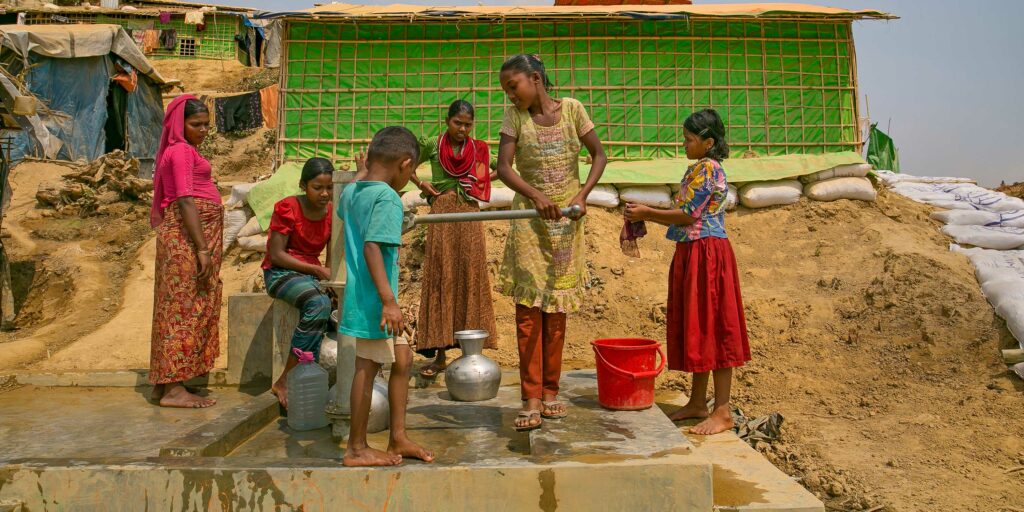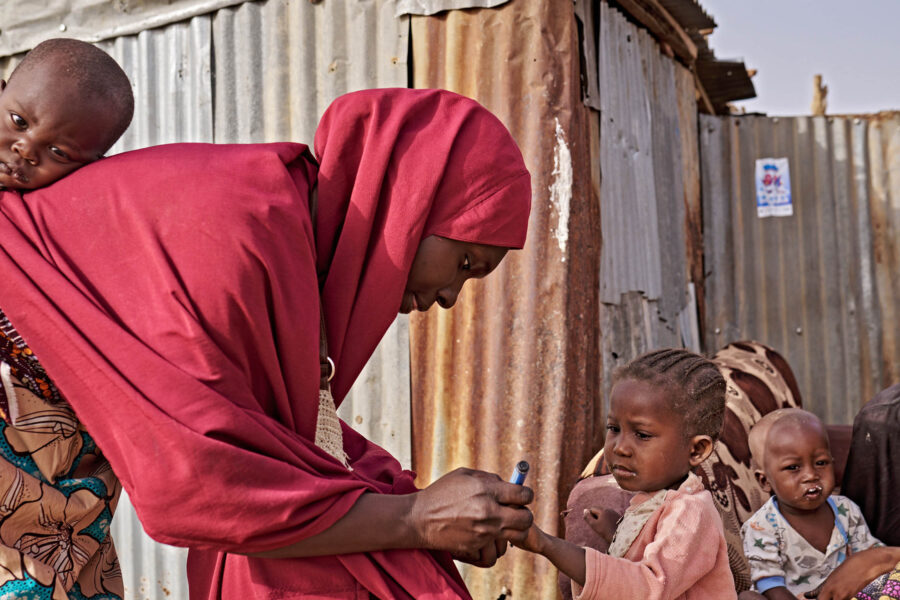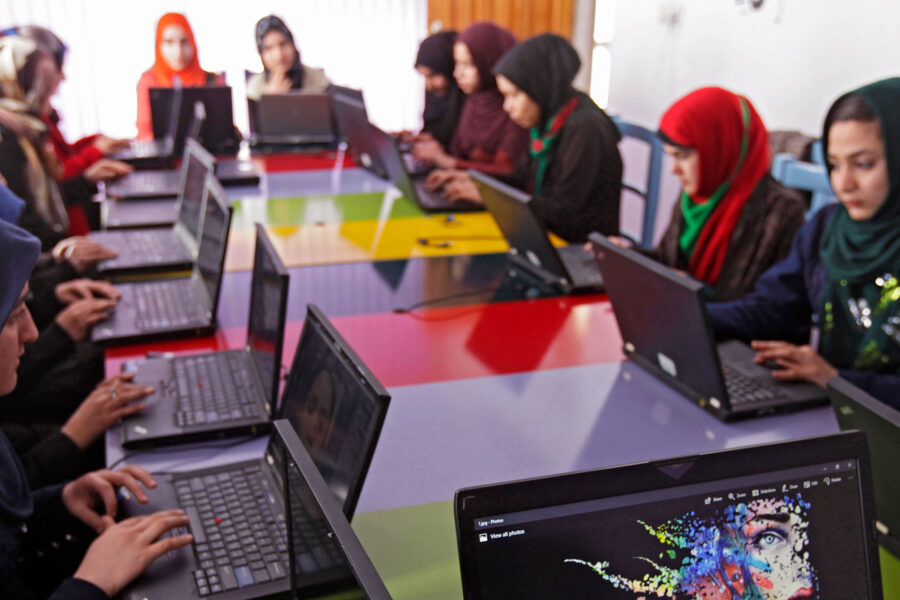Gender and sanitation: more than just a toilet
Over a billion women and girls worldwide lack safe and adequate sanitation. Addressing this fundamental human right offers a unique chance to both address poor sanitation and foster gender equality
Gender — Global

Several years ago, I had the opportunity to visit a community in southern Bangladesh monitoring newly installed latrines. As I learned about the different features of the toilet, I noticed a young woman standing on the periphery. I asked her how she was enjoying her new toilet and she looked to the ground. It was clear that something was not quite right. She led me behind the house and showed me the hole in the ground where she and her children relieved themselves. You see, in this part of Bangladesh, women are ashamed to be seen by men entering a toilet. And the women’s husband, perhaps selfishly or perhaps by social pressure, installed the latrine at the front of the house in a place where she didn’t feel comfortable going.
On another occasion, I spoke to a Bangladeshi woman who, through tear-filled eyes, explained that her latrine had broken, and she had nowhere to go. She had sent her daughter to relatives, but had no way of knowing when the latrine would be fixed. She had no opportunities to earn money and was completely reliant on her day-laborer husband.
Or the woman in Zambia who is ashamed to use the same facility as her father-in-law.
Or the men in India who view using a toilet as being weak and prefer to go to the fields.
Or the millions of women and girls around the world who face the risk of violence when they go to the toilet or the fields to defecate.
Or the constant discussion you have with your partner about cleaning the toilet.
Sustainable Development Goal (SDG) Target 6.2 seeks to provide access to adequate and equitable sanitation and hygiene for all and to end open defecation, paying special attention to the needs of women, girls, and those in vulnerable situations. While progress has been made in the last decade, by 2020 estimates, 494 million people and 13% of rural households globally still practice open defecation. And only 44% of rural households and 62% of urban households have safely managed sanitation. The monitoring strategy of counting households with latrines is a reasonable proxy for toilet use but misses the complexities of actual access and use. As such, development professionals must reflect on the physical, social, cultural, and even spiritual aspects of improved sanitation.
Globally, aspects of sanitation access, use, upkeep, and maintenance are strongly gendered. This implies that they are not necessarily equal for women, men, and individuals of other genders. Sanitation activities in the home are often divided on gender lines, with women and girls traditionally responsible for domestic sanitation chores including collecting water, caring for children and the elderly, and cleaning. Additionally, women and girls face unique physical, cultural, emotional, and spiritual sanitation challenges during defecation, urination, menstruation, pregnancy, and menopause. Sexual and gender minorities also have specific, yet often overlooked, sanitation needs. Uniquely, sanitation facilities are often also places to bathe and change menstrual materials. These facilities have significant impacts not only on health but also on personal well-being.
Climate change continues to add further stress on sanitation facilities and practices, disproportionally impacting women, girls, and the vulnerable. During droughts, many households resort to unsafe practices as there is no water to cleanse, clean, and flush. During floods, toilets overflow and many communities experience outbreaks of diarrheal diseases, such as cholera.
Yet, because of these deep connections between sanitation and gender, these challenges offer a unique opportunity to not only address poor sanitation but also to foster gender equality. Many of the gender equality SDG targets are directly linked to sanitation. For example, sanitation provides opportunities to reduce discrimination against women and girls by placing their needs at the forefront of best practices (Target 5.1). Such approaches must also be expanded to support women in all their intersectional diversity and sexual and gender minorities.
Sanitation also provides opportunities to address violence and exploitation of women and girls using and accessing facilities (Target 5.2). Sanitation can provide opportunities for communities to discuss and transform perspectives of unpaid domestic responsibilities (Target 5.4). Improvements in sanitation can provide opportunities to engage women in more equitable decision-making in the home, community, and even in the public sphere (Target 5.5). Sanitation also provides a unique entry point to support reproductive health and rights for women and girls and to reduce cultural and social stigmas related to menstruation (Target 5.6). It also offers an opportunity to promote the rights of women to economic resources and financial services, with women often the first movers towards purchasing new latrines, and women entrepreneurs running successful sanitation businesses (Target 5.7).
Sanitation technologies also provide opportunities to empower women in waste management, treatment, and transport (Target 5.8). Lastly, policy changes related to female-friendly toilets and meaningful involvement of women in community sanitation management can address inequalities at multiple levels (Target 5.9).
This approach of addressing sanitation alongside gender equality is a gender-transformative approach to sanitation. It goes beyond merely providing households with latrines and simply including women and girls in sanitation development programming. It aims to not only empower women, girls, and the marginalized in the ways in which sanitation programming is conducted but also to address the social, cultural, political, and economic structural barriers that perpetuate inequalities. A toilet is never just a toilet.





